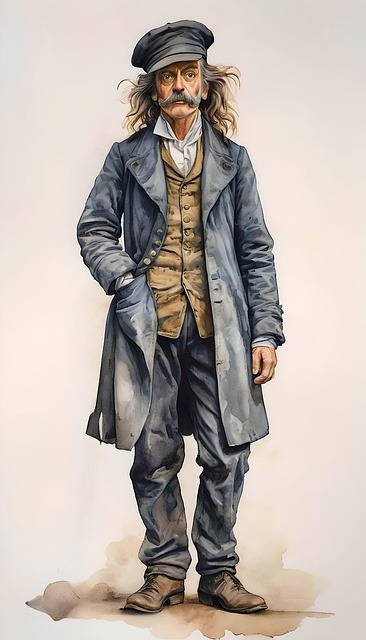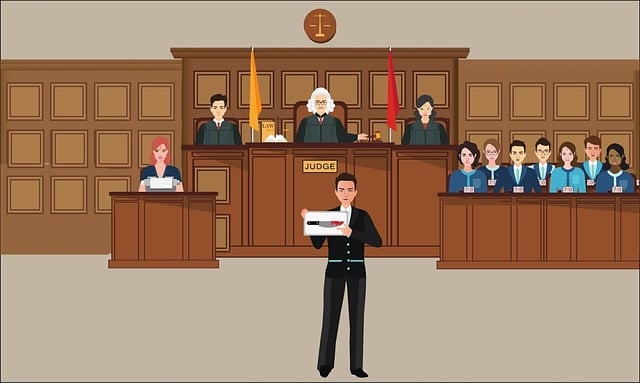Modern urban challenges, including autonomous vehicles and smart city infrastructure, require updated legal frameworks to protect pedestrians' rights. Insights from DUI laws offer models for regulatory bodies to adapt, focusing on pedestrian well-being. Emerging technologies like smart traffic signals, IoT devices, and advanced breathalyzer tests revolutionize street safety, shifting the focus of DUI law from punishment to community safety and walkability. These innovations make streets safer while encouraging a culture of responsible drinking, fostering vibrant, secure communities for pedestrians.
In today’s bustling urban landscape, ensuring safe streets for pedestrians is paramount. This article explores crucial aspects of pedestrians’ rights and current challenges they face. We delve into emerging technologies enhancing safety measures and their impact on walkable communities. Furthermore, we examine the role of DUI (Drunk Driving Under Influence) law in promoting safer environments for those who choose to walk or cycle. By understanding these elements, we can navigate towards more inclusive and secure street experiences. Emerging Technologies in DUI Law play a pivotal role in revolutionizing pedestrian safety, fostering vibrant communities.
- Understanding Pedestrians' Rights and Current Challenges
- Emerging Technologies in Enhancing Safe Streets
- The Role of DUI Law in Promoting Walkable Communities
Understanding Pedestrians' Rights and Current Challenges

Pedestrians’ rights are a crucial aspect of urban mobility and safety, yet they often face significant challenges on modern streetscapes. With the rapid advancement of emerging technologies, such as autonomous vehicles and smart city infrastructure, understanding pedestrians’ legal protections has become more complex. In many jurisdictions, traditional laws regarding pedestrian safety might not fully address the new realities of shared roads. For instance, the rise of self-driving cars raises questions about liability in case of accidents involving pedestrians, potentially impacting how rights and responsibilities are defined.
Current challenges include ensuring that evolving transportation systems prioritize pedestrian well-being. This is where the intersection of law and technology plays a vital role. As cities integrate smart traffic management systems and new mobility solutions, it’s essential to update legal frameworks to protect pedestrians’ rights effectively. The emerging technologies in DUI (Drunk Driving Under Influence) laws offer insights into how regulatory bodies can adapt to these changes, setting precedents for safer pedestrian environments.
Emerging Technologies in Enhancing Safe Streets

The integration of emerging technologies is transforming street safety, offering innovative solutions to protect pedestrians and enhance overall mobility. One notable advancement is the development of smart traffic signals that can adapt in real-time based on pedestrian and vehicle flow data, ensuring smoother crossings and reducing congestion. These systems leverage sensors and AI algorithms to optimize light timings, making streets more responsive and secure for everyone.
Additionally, the Internet of Things (IoT) devices are being deployed along sidewalks and road edges to monitor activity and detect potential hazards. From intelligent streetlights that automatically adjust brightness based on foot traffic to connected speed cameras that enforce speed limits, these technologies contribute to a proactive approach to DUI law enforcement. By providing data-driven insights, they help authorities make informed decisions, allocate resources efficiently, and ultimately create more secure environments for pedestrians.
The Role of DUI Law in Promoting Walkable Communities

In recent years, the role of DUI (Drunk Driving Under Influence) law has evolved beyond simply penalizing offenders to actively fostering safe and walkable communities. By strengthening DUI laws and implementing stringent enforcement, local governments can send a clear message that impaired driving will not be tolerated. This deterrent effect encourages responsible drinking habits among residents, making streets safer for pedestrians.
Emerging technologies in DUI law play a pivotal role in this shift. Advanced breathalyzer devices and mobile field sobriety tests enable authorities to detect intoxication more accurately and swiftly. These innovations not only enhance the enforcement of DUI laws but also contribute to creating an environment where walking becomes a viable and secure mode of transportation for all, fostering vibrant walkable communities.
In conclusion, ensuring safe streets for pedestrians involves a multifaceted approach. By understanding and protecting pedestrians’ rights, leveraging emerging technologies, and strengthening DUI laws, communities can foster walkable environments that prioritize public safety and enhance the overall quality of life for all residents. Emerging Technologies in DUI Law play a pivotal role in this transformation, enabling more effective enforcement and contributing to a culture of responsible walking and driving.






